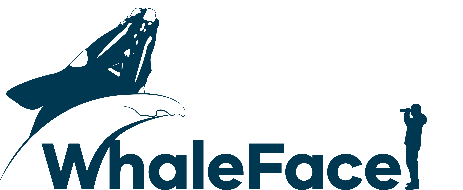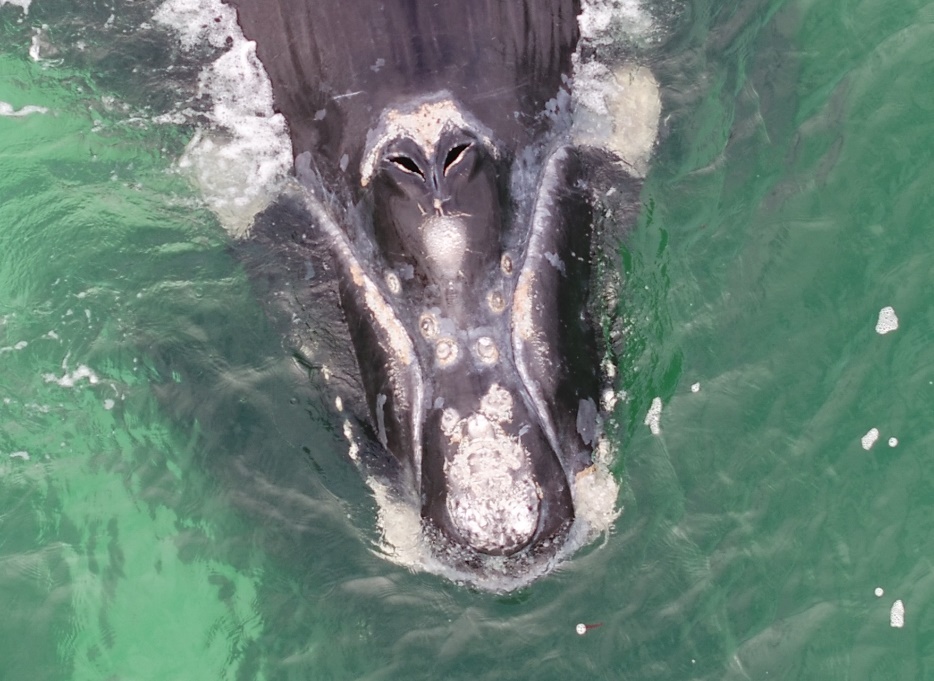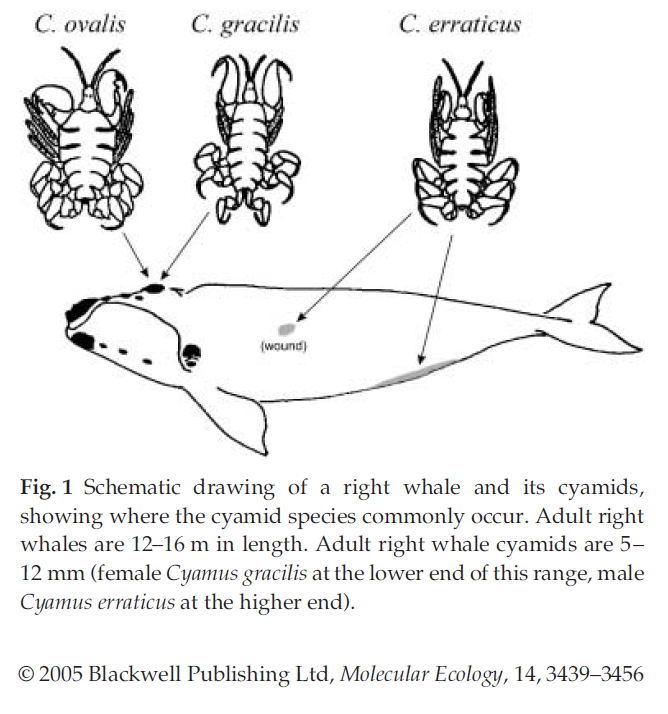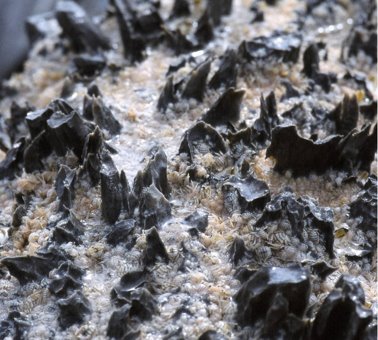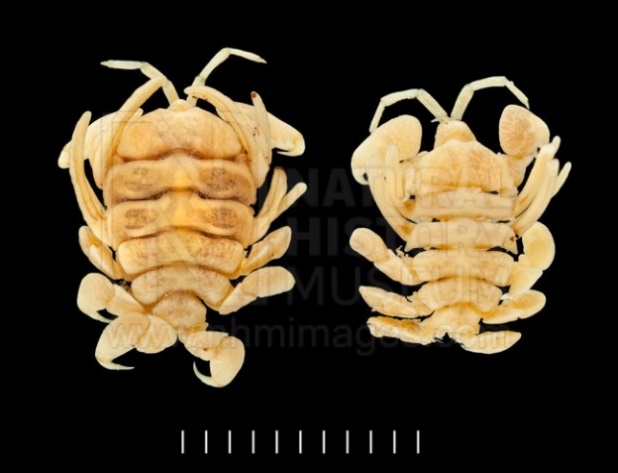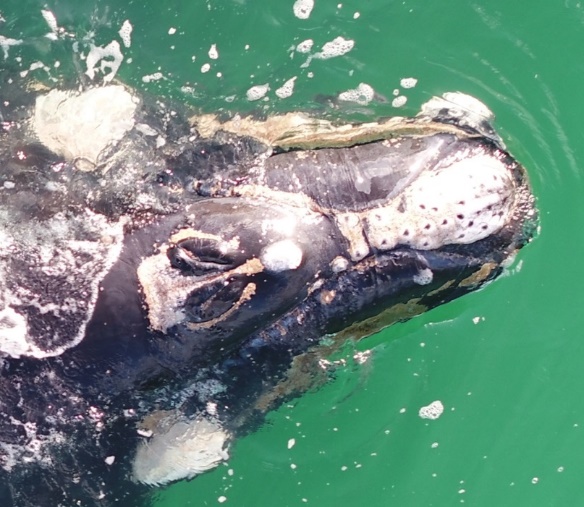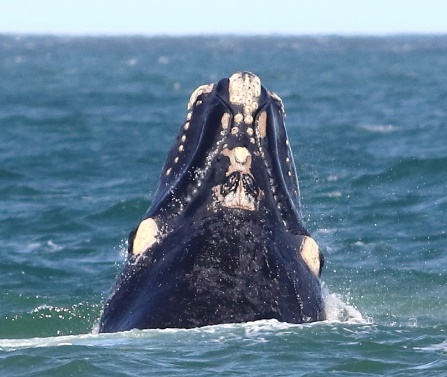Whale News - October 2021
|
As we approach the end of the 2021 season, we have few sightings to report. Since our last update we have had confirmed sightings of a cow:calf pair near Portland on the 18 September and two cow:calf pairs in the Apollo Bay area on 29 September.
In this month’s update, we provide information on our juvenile recruitment study which has been running alongside our general monitoring program since 2017, and as part of this study we would like to call on you all to provide images calves for a chance to name those that go into our catalogue.
We want to say a huge thank you to the WhaleFace community for continuing to support our research and monitoring program! Your sightings are so valuable in helping us better understand the movement patterns of southern right whales on our coastline and we thank you all for championing the program with your friends and family! Remember that anyone is welcome to join and participate.
Next month’s Whale News will provide a season wrap up - including the results from our 2020 season.
What happens to the calves? Understanding Juvenile Recruitment… Our research tells us that at least 96 calves have been born at Logans Beach since 1980, but there has been no significant increase in the annual number of females using the nursery during this time. This leaves us with several questions: what happens to all the calves? How many calves don’t make it to maturity? Do the female calves return to Logans Beach as they do at other locations, to calve themselves once mature or do they calve elsewhere? The simple answer is – we don’t know.
In the past, photo-identification of calves has been considered not feasible as calf callosity patterns do not fully develop until they are several months old - usually around the age that they are leaving our coastline (see below for more on callosity development). However, with new technology and higher resolution images it is possible to get better quality images of calves allowing us to zoom in to see where callosities are, even if their patterns are not yet clear and bright white.
Using remotely piloted aircraft (RPA), under strict conditions attached to a wildlife research permit, we have been photographing calves at the end of the season when they are approximately 3-4 months old. In the last four seasons (2017 -2020) we have catalogued ten calves photographed on the South West Victorian coast. Our hope is that when these calves return to the Australian coastline, as adults, they can be identified. This will allow us to track their life histories and understand more about the dynamics of the south-east Australian population. Unfortunately, we may need to wait 6+ years before we see calves return to the coast as they may not migrate to breeding grounds until they are sexually mature.
Rostrum of Southern Right Whale calf (SE1707), showing callosity pattern. Photographed from a RPA at Logans Beach Warrnambool on 25 August 2017.
Help us add the 2021 calves to the catalogue This season threw us many challenges and we were unable to get the RPA out as much as we had hoped to capture all the calves that were born along our coast. We are calling on our talented whale photographers to look through their calf photos from this (or previous) season, particularly those taken late in the season. If you find any high-resolution images of the callosity patterns and/or other distinguishing marks (e.g. belly flashes) of the calves, we would love to see them. You can submit your images to WhaleFace. We will review them and let you know whether the calves in your photos were added to the catalogue. If so, you will have the opportunity to suggest a name for the calf or calves you submit. Remember, please send us an email if you need any assistance or further information regarding the use of WhaleFace.
How Callosities are developed Callosites are patches of thickened, keratinised tissue found on the head of southern right whales. All southern right whales are born with a unique pattern of callosities. The callosities start off the same grey colour as their skin. Soon after birth whale lice (cyamids) transfer from the mother to calf. Three species of cyamids can be found on southern right whales: Cyamus erraticus, an orange species that prefers smooth skin and are usually found around the genital slits, wounds, and heads of calves; Cyamus gracilis a white species found in the in the pits and groves between the callosities; and Cyamus ovalis that attach to the hardened callosities.
Close up of southern right whale callosities Cyamis ovalis, whale louse
The callosities of newborn calves are smooth and often much of the calf’s head is covered in the orange cyamid (Cyamus erraticus). This can obscure the callosity pattern. In addition, the callosities can look compressed on the small head of a calf. As the calf grows, its head expands and the callosities start to harden. The orange cyamid species eventually retreats from the rostrum in favour of more protected areas of the whale, leaving predominately Cyamus ovalis (with some Cyamus gracilis) to colonise the callosities and give them the bright white appearance. Below are photos of the same calf, taken three weeks apart. You can clearly see the callosity development over time, with most of the orange cyamid retreating in the later photo.
Rostrum of Southern Right Whale calf (SE1712), showing callosity pattern. Photographed from a RPA at The Basin, Killarney on 24 August 2017.
Photo of a Southern Right Whale calf (SE1712) Photographed from shore at The Basin on September 17 2017. Credit: Mary Hartney.
|
Happy whale watching!
Mandy and Kasey
kasey.stamation@delwp.vic.gov.au
